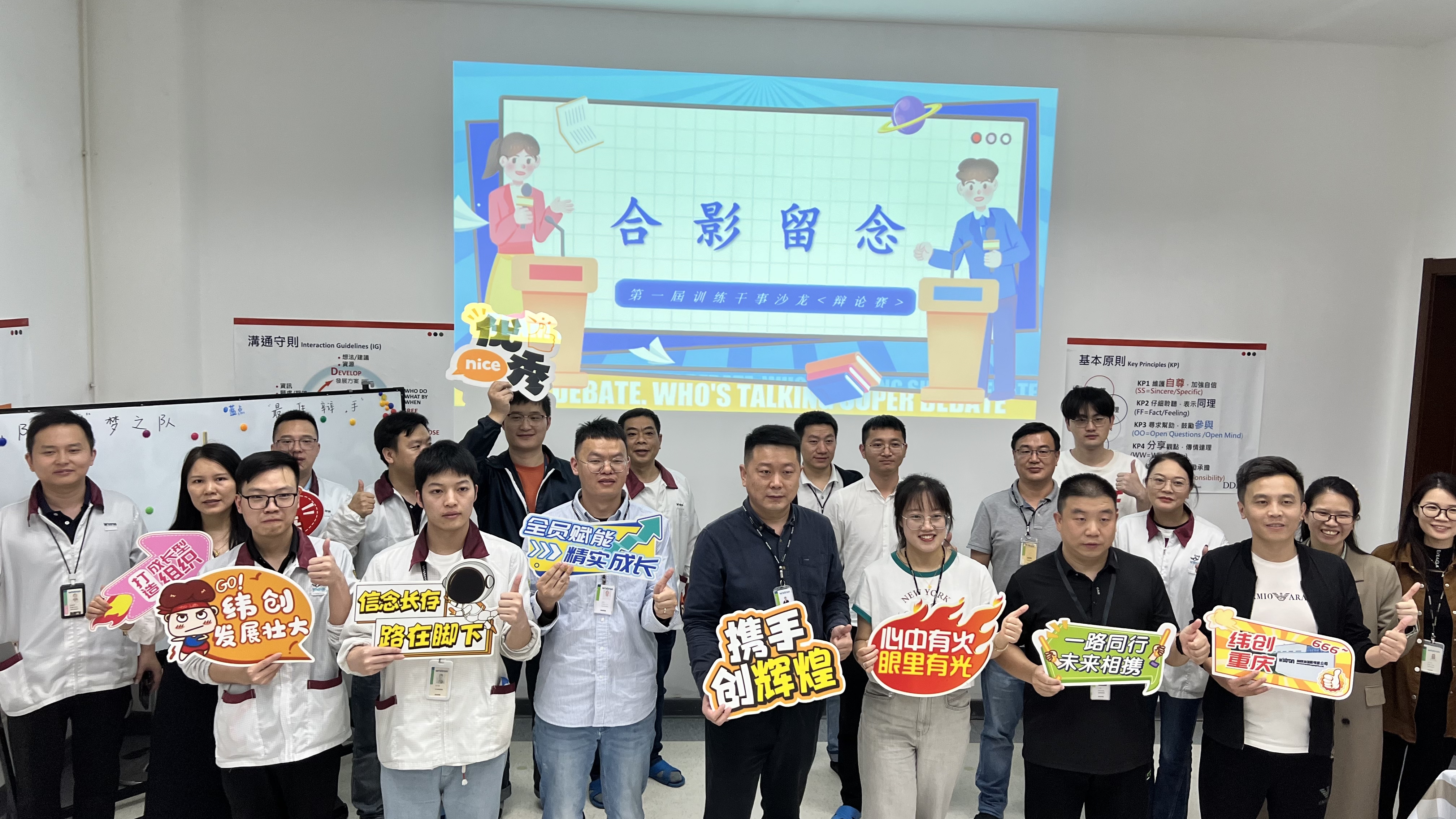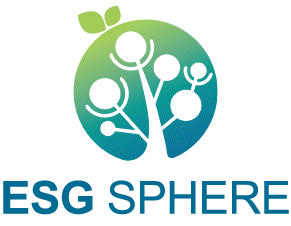West China
Enhancing Training Officer Competencies to Strengthen Professional Capabilities at Huaxi Chongqing
SDGs
In today’s rapidly evolving business landscape, an organization’s core competitiveness is increasingly vital, with professional expertise serving as its strongest foundation. To continuously improve team proficiency and operational efficiency, the Huaxi Chongqing plant launched the “Training Officer Competency Enhancement” initiative. This project aims to empower departmental training officers through a series of innovative and impactful training activities, ultimately driving team growth and development.
A highlight of the initiative was a structured debate session. The debate centered on two perspectives: whether training officers should prioritize diverse training methods to accommodate different learning styles, or whether standardized approaches better ensure training quality and consistency. Six departments participated in the debate, supported by a broader coalition of 29 departments. This engaging format sparked critical thinking and creativity among the training officers. Through intense discussions, participants explored the strengths and limitations of various training methods, gaining deeper insights into their appropriate applications. The experience underscored the complementary nature of diversified and standardized training—demonstrating that a flexible combination of both is essential to meet diverse learning needs and enhance overall training effectiveness.

As a result of the debate, training officers developed a more comprehensive understanding of training methodologies and the end-to-end training process. They began applying a wider range of techniques in their regular sessions, which significantly boosted employee engagement and created a more enjoyable and effective learning environment.
Looking ahead, the “Training Officer Competency Enhancement” initiative will remain a key component of Huaxi Chongqing’s training system. Regular events such as training officer salons and workshops will continue to be held. By aligning with the group’s broader training and development strategy, we will keep innovating in both format and content, offering more opportunities for learning and collaboration. This will empower training officers to become a driving force behind the company’s continued growth.
A highlight of the initiative was a structured debate session. The debate centered on two perspectives: whether training officers should prioritize diverse training methods to accommodate different learning styles, or whether standardized approaches better ensure training quality and consistency. Six departments participated in the debate, supported by a broader coalition of 29 departments. This engaging format sparked critical thinking and creativity among the training officers. Through intense discussions, participants explored the strengths and limitations of various training methods, gaining deeper insights into their appropriate applications. The experience underscored the complementary nature of diversified and standardized training—demonstrating that a flexible combination of both is essential to meet diverse learning needs and enhance overall training effectiveness.

As a result of the debate, training officers developed a more comprehensive understanding of training methodologies and the end-to-end training process. They began applying a wider range of techniques in their regular sessions, which significantly boosted employee engagement and created a more enjoyable and effective learning environment.
Looking ahead, the “Training Officer Competency Enhancement” initiative will remain a key component of Huaxi Chongqing’s training system. Regular events such as training officer salons and workshops will continue to be held. By aligning with the group’s broader training and development strategy, we will keep innovating in both format and content, offering more opportunities for learning and collaboration. This will empower training officers to become a driving force behind the company’s continued growth.






